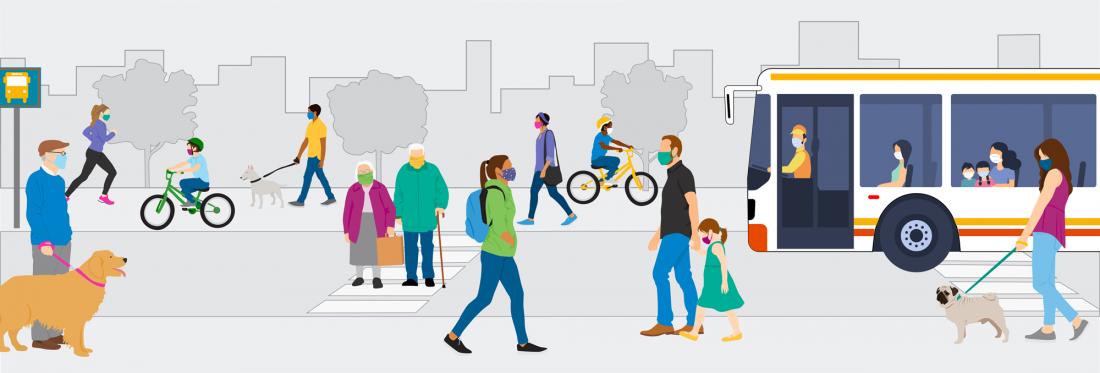An increase in walking and public transit use were associated with overall reduced medical costs
Osaka, Japan - As the world grappled with lockdowns and restrictions brought by the COVID-19 pandemic, researchers at Osaka Metropolitan University conducted an extensive study to elucidate the link between changes in human mobility and the impact on medical costs associated with lifestyle-related diseases.
Dr. Haruka Kato and Professor Atsushi Takizawa of the Graduate School of Human Life and Ecology at Osaka Metropolitan University were concerned by the negative health effects resulting from the restriction of human mobility and approached the issue from a population health perspective. Using boosted tree analysis, the researchers analyzed the nonlinear relationship between human mobility types and the economic impact on lifestyle-related diseases in Japan.
The results indicated that medical costs were differently affected by walking, driving, and public transit, depending on the prefecture types. An increase in walking by over 70% reduced medical costs for lifestyle-related diseases, even during the COVID-19 pandemic. In metropolitan prefectures, the total effect on medical costs was higher for walking and public transit. In addition, medical costs decreased by increasing public transit use by over 110%. In non-metropolitan prefectures, the total effect of public transit was lower than driving, and medical costs increased from 80% to 160%. These results are significant because they indicate the standard value for each type of human mobility in metropolitan areas and non-metropolitan prefectures, offering insights and guidance for preparing for a future pandemic.
“Based on the standard values, our findings provide valuable insights for governments and policymakers. They suggest the necessity of other measures beyond restricting walking and public transit during a pandemic,” said Dr. Kato. “We also point to the need for more walkable cities and sustainable urban planning where people can live without cars and opt for public transit, especially in metropolises.”
Their findings were published in Journal of Transport & Health.
###
About OMU
Osaka Metropolitan University is the third largest public university in Japan, formed by a merger between Osaka City University and Osaka Prefecture University in 2022. OMU upholds "Convergence of Knowledge" through 11 undergraduate schools, a college, and 15 graduate schools. For more research news, visit https://www.omu.ac.jp/en/ or follow us on Twitter: @OsakaMetUniv_en, or Facebook.



